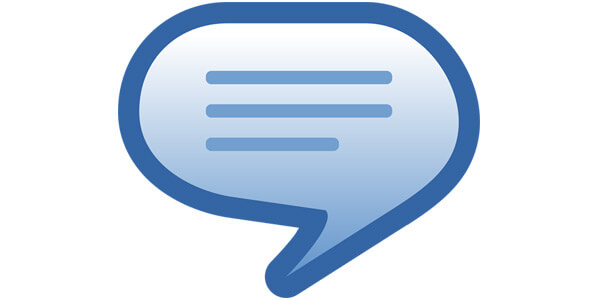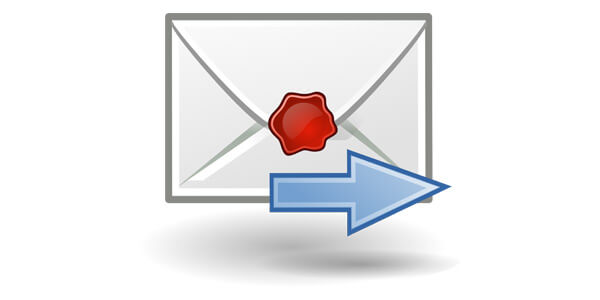Your company has just spent a lot of time and effort on a research report. Now it’s time to get it out to your audience and share the findings. You want to have your report read by as many of your target audience as possible not only because the conclusions are interesting but also because you want to generate new leads with this piece of research and set your company up as a thought leader.
The problem is how do you get the word out about this new report? How do you get it noticed and read by the appropriate audience? Your solution: an attention-getting and informative press release.
Writing an effective press release does not have to be difficult. All you need is a clear understanding of your research’s core themes and a plan. To help you with the plan, here are 11 steps to help you write a press release that will get the word out about your new piece of research and get it the exposure it deserves
Step 1: Identify the core theme to use in the headline
How many times have you found yourself scrolling through a news site looking for a headline that catches your interest? Our lives are far too busy to read everything that comes across our desk, newsfeeds or email. This is the same for journalists and editors. The headline is the first thing a reader sees and, more than likely, what will determine if they continue reading. If the reader’s attention isn’t grabbed within that first line they are likely to move on to something else.
Keep your headline short and tight, using the core theme of your research.Let’s face it, everyone loves a good, attention getting stat. So, if you have one, use it straightaway. Make your audience want to read on. Also, don’t forget to add the date below your headline.
Step 2: Lead the first paragraph on this core theme
Now you’ve got your reader’s attention. Don’t lose it. Move right into the core theme. Restate the theme that you alluded in the headline and then give the reader a bit more detail.
Something to remember at this point–your paragraphs will more than likely be one sentence. This makes is easier to read through the press release. Once again, you have a limited amount of time to get the journalist’s or editor’s attention, so breaking the format into short one or two sentence paragraphs will help.
Step 3: Name the research
Your next paragraph should introduce the research report by answering a few important questions.
- What is the name of the research?
- Who participated in the survey?
- What was the objective of the research?
From there you can move on and expand on the core stat. Feel free to distribute this information out over another two paragraphs. This will allow you time to give more details about that core statistic and break it down to show the significance of the statistic and what the implications are for the research.
Step 4: Provide a second finding from the research
Keep the interest going by providing even more from the research. In the next two or three paragraphs you will provide a second finding. Expand on the finding a little then present a couple more brief findings that will be of interest.
Make sure that each new piece of information flows into the next in a smooth narrative. Also, remember to use statistics as much as possible.People like numbers and they are helpful to have when writing an engaging headline.
Step 5: Add a primary, soundbite worthy, quote
For this next step you’ll need to provide a quote from someone of authority that explains the significance and implications of what the report has revealed. The quote can come from one of the analysts who worked on the report. Make sure to give them proper credit (name and position). Most importantly, since you are targeting journalists and editors, you’ll want to chose your quote carefully and make sure it is soundbite worthy.

Step 6: Add a secondary quote with an implicit sales-oriented message
The next quote should carry a subtle sales-oriented message. The goal is to get the message to fly underneath the radar but get it in there. Again, think of how well the quote will work as a soundbite. It might also help if the quote comes from someone of authority within the company that sponsored the research. A quote from someone who holds the position of manager or higher will have significant impact.
Step 7: Add bullet points with key findings
Under a highlighted heading such as ‘Other findings from the report include:’ list off several more key findings in the form of bullet points. Bullet points are great for catching the attention of the editor who is just skimming through the press release. There are a few things to keep in mind when using bullet points:
- Provide eye-catching and relevant information
- Make sure the bullet points are related to one another
- Keep points brief and concise
- Be consistent with punctuation and don’t forget basic grammar rules
Step 8: Provide details on where to get the research and who to contact
This step may go without saying but it’s a step you don’t want to neglect. Let the readers know where they can get a copy of the report. It will more than likely will be the company’s website so give an accurate direct link to the report so they don’t have to hunt around for it. Also include the email address and phone number (if possible) of the person to contact for more information.
Step 9: Add boilerplate information for the relevant parties involved
Now for a bit of housekeeping. The last part of your press release will be boilerplate text about the company or companies involved in the research. The good news is the work on this section is probably already done for you. Your report should already have ‘About’ section for all parties involved in the report and can be copied and pasted right into the end of your press release.
Step 10: Proofread, proofread, proofread!
In case the heading doesn’t emphasise it enough, I’ll say it again: proofread! This is because journalists will usually quickly scan press releases to look for any tiny points that mean it should go in the rubbish bin. Don’t let errors in spelling or grammar be the reason your press release gets tossed out..

Relying solely on your computer’s spell check function to be your personal proofreader is a mistake. Once you have gone through the text a couple times yourself, hand it over to at least one trusted colleague and let them read it through. A fresh pair of eyes can always find the errors that are swept over by the person who wrote the press release and knows what it should say.
Step 11: Distribute
Now that your press release has been written and thoroughly proofread it is time to get it out to journalists. There are a few methods you can do this depending on your resources and contact. You can use just one of the methods or use them in combination to get further reach.

The first approach is to reach out to your own network of journalists. By far, this is the most personalised approach but is only possible if you have a list of contacts you’ve worked with in the past or have gathered as part of your professional network. If this is possible, send out and email to each journalist with a personalised message introducing the press release. Copy the text of the press release into the email to alleviate the need to open or download an attachment.
Another method is to send out a mass distributed email (aka SPAM) to journalists. This method is not recommended but if you do decide to go this route, at least make sure the journalists and news organisations you target are within the industry you want to reach. You might get some hits but the more personalised approach is usually more effective.
One last suggestion is to send it through a distribution service. There are plenty of them to choose from. There are free services out there but the more popular press release distributors will charge for their services.

